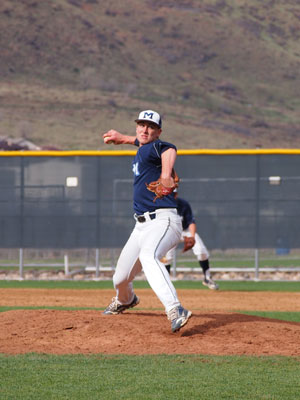Club Spotlight: ETA (Equality Through Awareness)
Some of the clubs on campus have been here for longer than anyone can remember but there are also some newer ones that are popping up all of the time. One of these new clubs is ETA (Equality Through Awareness). They began in the early Fall so they are still completing their first year as a club on the Colorado School of Mines campus. ETA was created by a group of women in the Physics department. When the Oredigger talked to their new president, Libby Booton, about what ETA was she said, “ETA (Equality Through Awareness) is a group that focuses on promoting diversity in STEM fields, mainly Physics.” There are three main things that ETA does: discussion groups, speakers, and their mentoring program.



